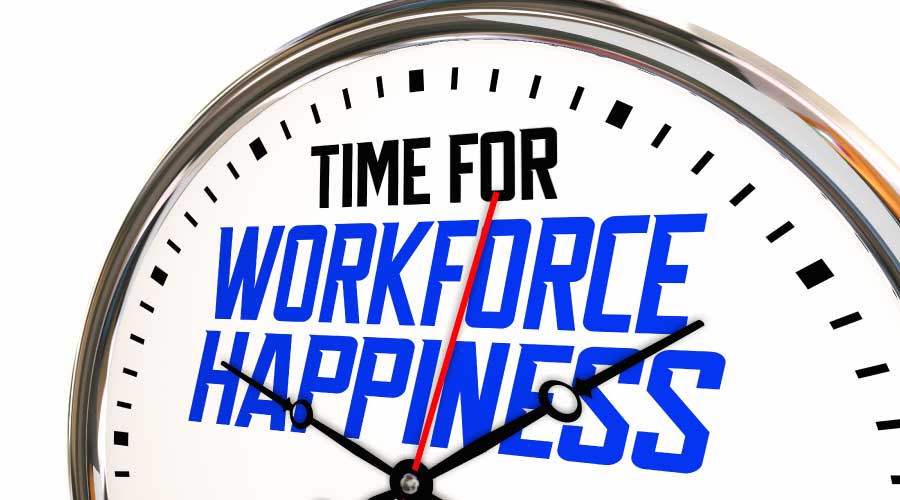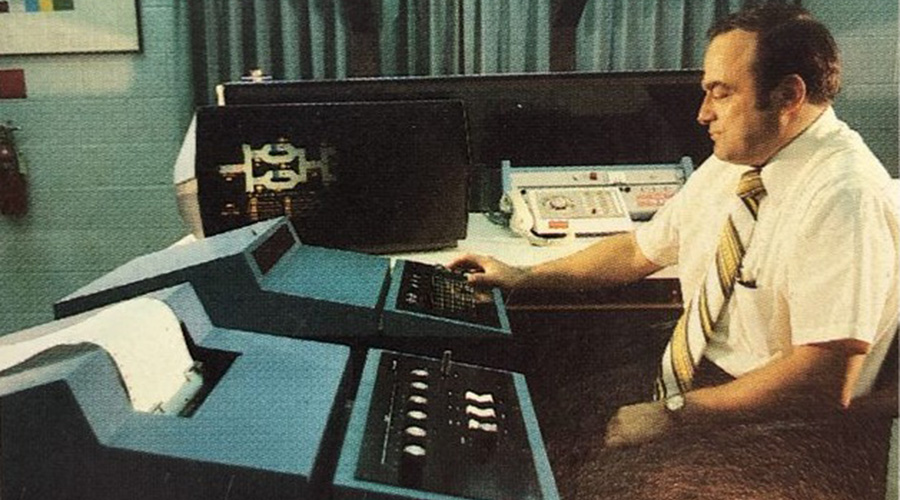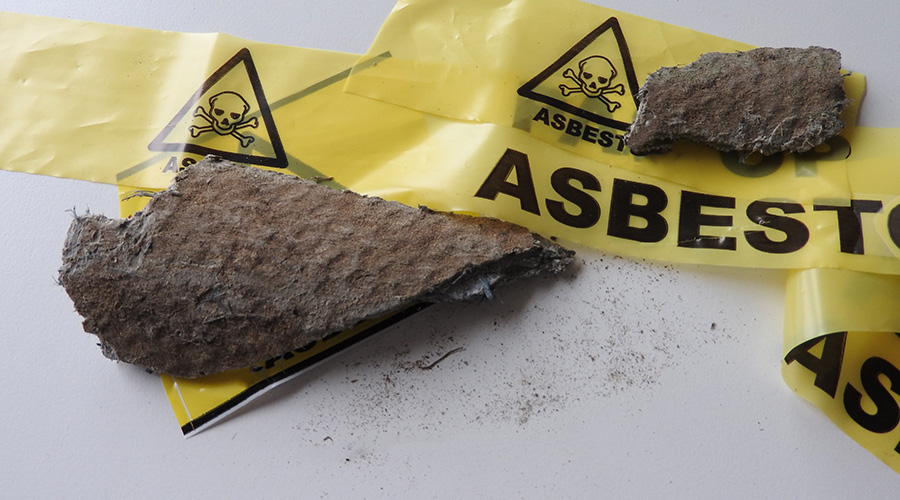At BAE Systems, Sustainability Program Grew From Single Chiller Project
At BAE Systems, a global defense and security company, the facilities team didn’t initially set out to launch a sustainability program that would save more than $5 million. In 2007, the project was to upgrade an old-fashioned single-loop process on a chiller with a closed loop system. It seemed counter-intuitive to waste such a large amount of water, says Sean Delehanty, Electronic Systems sustainability manager. The closed loop system saved more than $100,000 a year, and had a little less than a three-year payback. That spurred the team to look at other utilities. “Hey, what about these lights?” Delehanty says. “What about these motors? What about lawn irrigation? What about everything?”
Delehanty says they figured it would almost pay to hire a “shutter-offer” — “If you just had a person to go around and turn things off, you’d probably get a very good return,” he says. With 10 large campuses plus other facilities around the country, this was just a tongue-in-cheek supposition, but it did get the facilities team thinking about how they could start shutting more things off, modulating equipment, and engaging their people in decreasing utility consumption, Delehanty says.
From this line of thinking was born the Utility Cost Takeout (UCT) program, under the governance of the company’s Electronic Systems sector’s sustainability initiative. The UCT approach provides a systematic room-by-room audit of a facility, evaluating everything that could be done to gain energy efficiency. There is a checklist of preferred technologies that could be swapped in and available training that Delehanty’s sustainability core team can provide to the on-site staff.
After the initial UCT audit, which identifies a block of 12 or so items the facility team should tackle right away, there are monthly team progress reports. “And then they continue to find more opportunities, and it goes on and on,” Delehanty says. Sustainability at BAE Systems has grown to include all aspects of the company. In addition to cutting down unnecessary energy usage, it has instituted a process where similar scrutiny is given to all manufacturing processes, including evaluating materials and material waste. And it provides an exhaustive menu of education and information resources to its staff on sustainability.
But all in all, Delehanty says it’s not a huge hurdle to get people on board with sustainability efforts. “America has been through a lot since 2008,” he says. “If you just watch the news, you know we all have to lower our operating expenses, certainly at home and at work. We have excellent buy-in with these programs. People see us doing the right thing, and they support it.”
Tip: Shut the Sash
Closing just one chemical lab bench fume hood sash could save up to $750 in energy costs a year, so why leave that sash window open? Delehanty says to educate staff to participate in conservation. Delehanty suggests using stickers to educate and remind users to shut the sash. “Use visual cues to train your employees to close that door when they’re not working in that fume hood,” he says.
Related Topics:


















